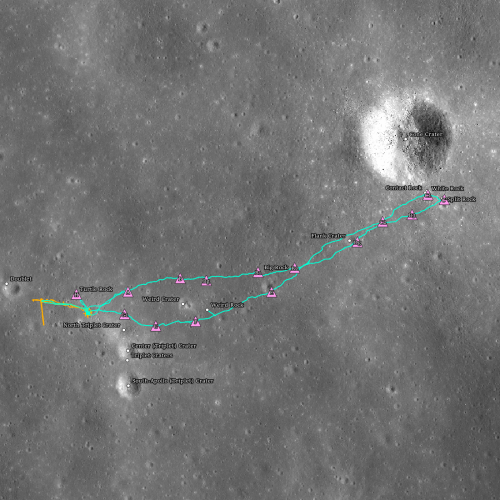Launch of Intuitive Machine’s first lunar lander delayed
Capitalism in space: The first mission of Intuitive Machine’s lunar lander has now been delayed from late this year to early next year.
Intuitive Machines spokesman Josh Marshall said April 26 that the slip was caused by its launch provider. “SpaceX informed Intuitive Machines that due to unique mission requirements the earliest available flight opportunity is in the first quarter of 2022,” he told SpaceNews.
Marshall referred questions about the “unique mission requirements” that caused the delay to SpaceX. That company did not respond to questions from SpaceNews on the topic.
Though it is entirely possible that SpaceX needed to delay the launch, we should be skeptical of this reason. More likely Intuitive has had issues that caused a delay, and is using SpaceX as a cover.
There is a race to become the first privately-built commercial lunar lander. Astrobotics Peregrine lander is still scheduled to launch by the end of the year. We shall see.
Capitalism in space: The first mission of Intuitive Machine’s lunar lander has now been delayed from late this year to early next year.
Intuitive Machines spokesman Josh Marshall said April 26 that the slip was caused by its launch provider. “SpaceX informed Intuitive Machines that due to unique mission requirements the earliest available flight opportunity is in the first quarter of 2022,” he told SpaceNews.
Marshall referred questions about the “unique mission requirements” that caused the delay to SpaceX. That company did not respond to questions from SpaceNews on the topic.
Though it is entirely possible that SpaceX needed to delay the launch, we should be skeptical of this reason. More likely Intuitive has had issues that caused a delay, and is using SpaceX as a cover.
There is a race to become the first privately-built commercial lunar lander. Astrobotics Peregrine lander is still scheduled to launch by the end of the year. We shall see.





